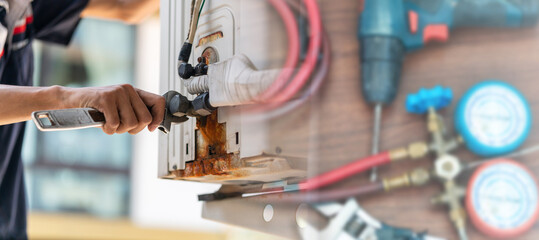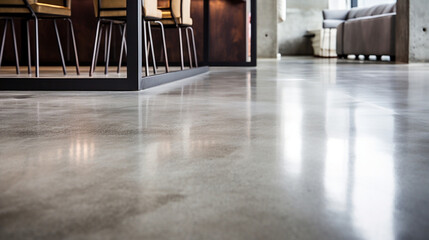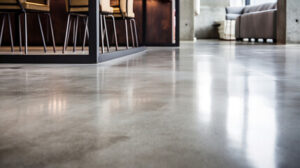Securing a home loan is a significant step toward homeownership. It allows individuals to purchase a property without needing to pay the full price upfront. Sparrow Home Loans are structured agreements where a lender provides funds, and the borrower repays over time with interest. Understanding how home loans work is essential for making informed financial decisions.
Different types of home loans cater to various financial situations and goals. Fixed-rate loans offer stability with consistent payments over time. Adjustable-rate loans may start with lower rates, but they fluctuate based on market conditions. Interest-only loans allow borrowers to pay just the interest for a set period before starting principal payments. Government-backed loans provide options for those with limited credit or income.
The application process involves multiple steps, starting with assessing one’s financial health. Lenders evaluate credit scores, income, and debt-to-income ratios. Pre-approval gives buyers a clear picture of their borrowing power and increases their chances of securing a loan. A strong credit score and a stable income increase the likelihood of loan approval with favorable terms.
Interest rates significantly impact the overall cost of a home loan. Lower rates result in reduced monthly payments and less interest paid over time. Market conditions, credit scores, and loan terms affect the interest rate offered. Locking in a favorable rate can save thousands over the life of the loan.
Down payments play a crucial role in home loan agreements. A higher down payment reduces the loan amount and may eliminate the need for private mortgage insurance. Some loans allow low or even zero down payments, but they often come with higher interest rates or fees. Budgeting for a down payment ensures a smoother loan approval process.
Closing costs are another consideration when securing a home loan. These fees cover expenses such as appraisals, inspections, and legal services. Lenders often require borrowers to cover a portion of closing costs upfront. Negotiating with lenders can sometimes reduce these fees or roll them into the loan balance.
Repayment terms vary depending on the type of loan and lender agreement. Most home loans follow a monthly payment schedule that includes principal and interest. Some loans also include escrow payments for property taxes and insurance. Choosing a shorter loan term increases monthly payments but reduces total interest paid.
Refinancing offers an opportunity to adjust loan terms and lower interest rates. Homeowners refinance to reduce monthly payments, shorten loan terms, or access home equity. Refinancing requires a credit check and appraisal, similar to the initial loan process. A favorable market environment can make refinancing a smart financial move.
Loan modifications provide relief for borrowers facing financial hardship. Lenders may adjust interest rates, extend loan terms, or reduce principal balances. Modification programs aim to prevent foreclosure and help borrowers regain financial stability. Communicating with lenders early increases the chances of securing a modification.
Home equity loans allow homeowners to borrow against the value of their property. Equity builds as the loan balance decreases and property value increases. Home equity loans provide lump sums or lines of credit for large expenses or debt consolidation. Responsible use of home equity maintains financial health and homeownership stability.
The impact of home loans extends beyond personal finances. A strong housing market supports local economies and increases property values. Homeownership provides stability and wealth-building opportunities for families. Responsible borrowing and timely payments contribute to a positive credit history.
Challenges in securing home loans include high debt levels, low credit scores, and unstable income. Lenders assess risk based on financial history and repayment ability. Improving credit scores and reducing debt-to-income ratios increase loan approval chances. Financial counseling and budgeting tools help borrowers strengthen their financial profiles.
Government programs and nonprofit organizations provide support for homebuyers. Down payment assistance, interest rate subsidies, and educational resources make homeownership more accessible. First-time buyer programs offer favorable terms and reduced fees. Understanding available options empowers buyers to make informed decisions.
Market fluctuations affect the home loan landscape. Economic conditions influence interest rates, loan availability, and housing prices. A stable economy supports favorable loan terms and increased housing affordability. Monitoring market trends helps borrowers time their loan applications strategically.
Technology streamlines the home loan process. Online applications, electronic document signing, and virtual consultations simplify transactions. Lenders use automated systems to assess credit risk and approve loans quickly. Digital platforms increase transparency and convenience for borrowers.
Home loan terms and conditions vary based on lender policies and borrower qualifications. Comparing multiple loan offers ensures the best terms and lowest costs. Loan estimates outline interest rates, fees, and repayment terms for easy comparison. Financial advisors help borrowers understand complex loan terms.
Home inspections and appraisals protect both borrowers and lenders. Inspections identify structural issues and repair needs before closing. Appraisals confirm property value and ensure the loan amount matches market conditions. Addressing issues early prevents closing delays and unexpected costs.
Insurance requirements vary based on loan type and property location. Lenders often require homeowners insurance to protect against property damage. Flood or earthquake insurance may be necessary for high-risk areas. Understanding insurance requirements ensures compliance with loan agreements.
Home loan agreements include legal obligations and borrower rights. Understanding contract terms prevents misunderstandings and disputes. Legal counsel reviews loan documents and ensures fair terms. Clear communication with lenders reduces confusion and increases borrower confidence.
Financial literacy empowers borrowers to navigate the home loan process effectively. Understanding interest rates, repayment terms, and loan options increases confidence. Financial planning ensures borrowers can meet loan obligations and avoid default. Educational resources and counseling services strengthen financial decision-making.
Defaulting on a home loan has serious consequences. Lenders may initiate foreclosure proceedings and repossess the property. Borrowers facing financial difficulties should contact lenders immediately. Loan forbearance, modification, or repayment plans may prevent foreclosure and protect homeownership.
Investing in homeownership requires careful planning and financial responsibility. Home loans provide opportunities for property ownership and wealth building. Informed decisions and responsible borrowing ensure long-term financial health. Understanding loan options and market conditions empowers borrowers to secure the best terms and outcomes.





